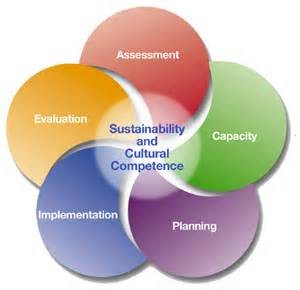NBN has multiple prevention programs in place to work to reduce substance abuse among youth and adults by addressing factors in the community that may increase the risk of substance abuse. We equip communities, organizations, law enforcement, and schools to solve local problems and set local norms.
We work closely with the Oklahoma Regional Epidemiology Outcomes Workgroup/Community Data Workgroup (REOW/CDW) and the Oklahoma State/Tribal Epidemiology Outcomes Workgroup (STEOW) to collect, analyze, and report data on alcohol, tobacco, and drug consumption and consequences. In effort to have access to up to date school-based prevention data, we promote the data collection efforts of ODMHSAS, through the Oklahoma Needs Prevention Assessment (OPNA).
We serve Muskogee county through the Drug Free Communities (DFC) grant, Muskogee and Wagoner county schools through the PFS Communities grant, and McIntosh, Muskogee and Pittsburg counties through the Community Based Prevention Services (CBPS) state funded grants, as well as partnering with regional coalitions, including the Muskogee Community Anti-Drug Network (CAN) Coalition.
CBPS is funded by the Oklahoma Department of Mental Health and Substance Abuse Services.
 Community Programs & Activities
Community Programs & Activities
- Technical support to area coalitions
- Passing model local ordinances to minimize gaps in current local laws
- Clearing house materials
- Assistance with alcohol and tobacco compliances
- Youth conferences & leadership training
- Town hall meetings
- Responsible Beverage Service & Sales (RBSS) training
- Community oriented policing strategies
- Other environmental strategies
Strategic Prevention Framework
The Strategic Prevention Framework (SPF) uses a five-step process known to promote youth development, reduce risk-taking behaviors, build assets and resilience, and prevent problem behaviors across the life span. The SPF is built on a community-based risk and protective factors approach to prevention and a series of guiding principles that can be utilized at the federal, state/tribal and community levels.
This framework uses the information from public health research along with evidence-based prevention programs to build capacity within states/tribes/territories and the prevention field, promoting stronger and healthier individuals, families, and communities.